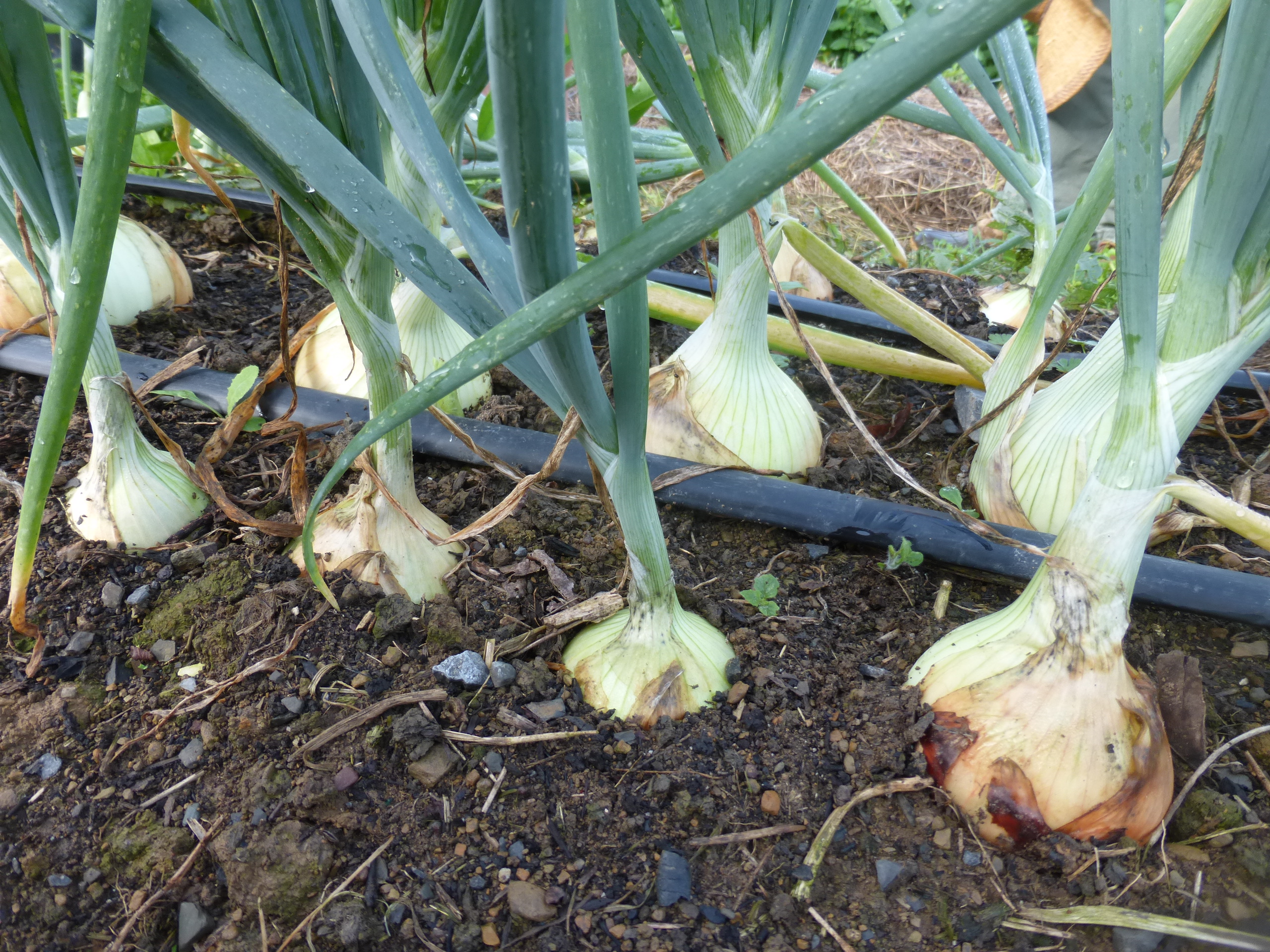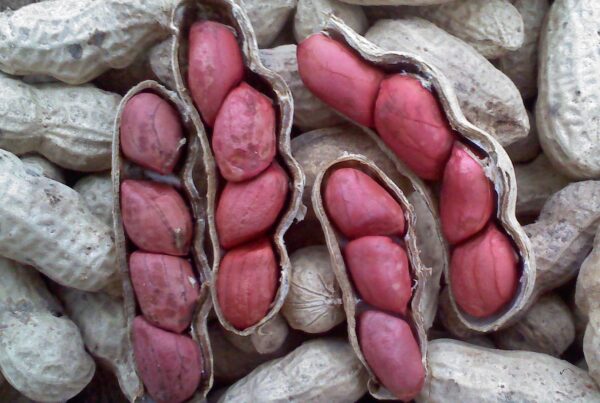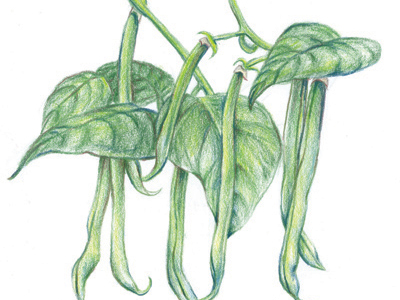 Fall is here and we are enjoying an increasing array of tender Collards and sweet Asian greens. Amidst all this plenty remember that the first frost is right around the corner. By month’s end the summer crops will be done and all of the winter crops need to be mulched, covered or otherwise tucked in for the cold months ahead. So decide which crops you want to keep. Make arrangements to protect them. Harvest everything else. Save only the best produce for storage. Protect larger lettuce, squash, cucumbers, celery, chard, spinach, and Chinese cabbage in the garden with row cover and wire hoops. Transplant smaller plants to a cold frame or greenhouse.
Fall is here and we are enjoying an increasing array of tender Collards and sweet Asian greens. Amidst all this plenty remember that the first frost is right around the corner. By month’s end the summer crops will be done and all of the winter crops need to be mulched, covered or otherwise tucked in for the cold months ahead. So decide which crops you want to keep. Make arrangements to protect them. Harvest everything else. Save only the best produce for storage. Protect larger lettuce, squash, cucumbers, celery, chard, spinach, and Chinese cabbage in the garden with row cover and wire hoops. Transplant smaller plants to a cold frame or greenhouse.
Finish sowing kale and spinach in late October for overwintering. Try growing asparagus, artichoke, rhubarb, and short-day onion varieties like Texas Early Grano from seeds to overwinter in a cold frame as well. Have spun polyester row cover in place to protect tender crops from frost.
Harvest sweet potatoes before the first hard frost and cure 4-10 days at 85 degrees and 85% humidity. Store cured sweet potatoes at room temperature out of the light. We use cardboard boxes in a closet under the starts and have fresh sweet potatoes to eat until summer.
LateOctober is time to finish planting garlic, yellow potato onions, Egyptian onions and shallots. Cover immediately with 3-4 inches of mulch. Check and free trapped garlic from under heavier sections of mulch when 50% have emerged. Plant small leftover garlic bulbs whole together for garlic scallions.
As your summer growing season ends don’t clear out all of the weeds, garden debris, spent vines, and any fruits and vegetables that weren’t harvested; rather leave some of this litter to remain in the garden over the winter for beneficial insect habitat.
Plant cover crops as you harvest crops and empty areas of the garden. Cover crops are a great way to improve soil aeration and texture, add nitrogen, and support and encourage microorganisms and worms. Choose the proper cover crop for the season.
My favorite winter cover crop is winter rye or cereal rye, a great cover crop to plant in the fall or early winter. It excels at loosening compacted soil and is good for weed suppression too. It also catches excess nitrogen in the soil. Rye will hold and protect the soil throughout the winter. Next spring it should turned under before going to seed in order to nourish the soil, or an alternative is to cut the rye grass and use it for composting. Don’t leave the crop in too long next spring or it will become a challenge to turn under.
Hairy Vetch is a cover crop that’s very winter-hardy, perfect for our area and north. It also adds a lot of nitrogen to the soil – if allowed to grow over the winter into May, it can add an incredible amount of fertility to the soil.
Crimson clover, red clover, and white Dutch clover are all used as winter or all year cover crops. Clover fixes nitrogen in the soil and is great for adding fertility to your soil. Yellow clover is perfect for improving soil structure.
 Sow an edible cover of mustard, turnips and kale in some areas. The best way to blanket and protect the soil is to keep something useful growing on it, and what is more useful than something that you can eat? And while we’re at it why not grow something that will yield a fall harvest, protect the soil over the winter months, and then return to produce additional harvests as spring arrives?
Sow an edible cover of mustard, turnips and kale in some areas. The best way to blanket and protect the soil is to keep something useful growing on it, and what is more useful than something that you can eat? And while we’re at it why not grow something that will yield a fall harvest, protect the soil over the winter months, and then return to produce additional harvests as spring arrives?
Enjoy your tender sweet greens harvested straight from the garden on a lovely fall day!







